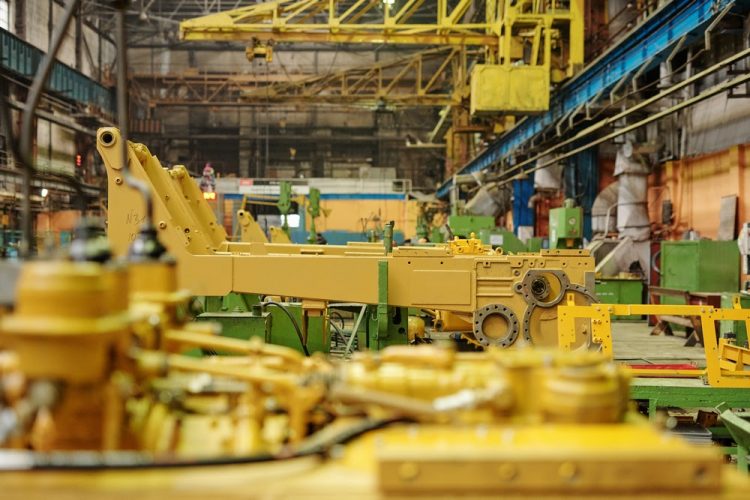The maintenance of machines must always be one of the topmost priorities for any organization. Even smaller businesses nowadays have several pieces of equipment like HVAC systems, alarms, generators, etc. that require maintenance and are critical to their operations. On the other hand, larger organizations have industrial centrifuges, lathe machines, tunnel excavators, attachments, tower cranes, grinding machines, etc., that need maintenance. While those familiar with machinery already know the benefits of maintenance management, let’s look at some practices that can help boost equipment maintenance.
Five practices for efficient maintenance of machines
Plan everything for smoother operations
Those well-versed with equipment know the benefits of preventive maintenance; thus, we won’t go into the details. However, in a nutshell, preventive maintenance means that the maintenance team is providing maintenance even when the equipment is running smoothly to “prevent” breakdowns and issues. To do that, organizations need a robust preventive maintenance plan, including scheduling the tasks, inspections, and servicing.
Moreover, organizations also need to plan to optimize the maintenance of machines to ensure smoother operations and reduce unplanned downtime. For instance, the organization must ensure that the required spare parts and inventory are always available for emergency and scheduled maintenance tasks and ample maintenance technicians to execute the work orders. The organization must also ensure that the assets are prioritized accordingly, and those reaching their EOL are either being disposed of properly or put under reactive maintenance.
Prioritize critical equipment
Not all equipment has the same level of priority for any organization – some are critical to the business’s operations. It’s easy enough to identify – the pieces of equipment whose failure has significant consequences for the organization are high-priority assets.
The maintenance team must ensure that these critical assets are operational via maintenance tasks like cleaning, lubrication, servicing, and spare parts replacements. Moreover, these machines must be inspected periodically to identify, report, and solve potential issues, ensuring smoother performance, reducing unplanned downtime, and improving equipment reliability.
Ensure that the maintenance team has access to relevant resources
One of the most effective ways to optimize the maintenance of machines is by ensuring that maintenance technicians have seamless access to all the information required for their tasks. For instance, they need access to the work history, equipment information, vendor details, spare parts information, any protective equipment required for the work orders, etc.
Organizations must ensure that they implement effective tools such as CMMS software solutions to help the maintenance team find the information quickly and easily. For instance, many CMMS solutions can be used from smartphones, and if barcodes or QR codes are utilized, the technicians can retrieve the information just by scanning the codes. Doing so helps reduce response times, makes maintenance efforts more efficient, and reduces downtime and costs.
Implement checklists for maintenance tasks
When checklists are utilized in maintenance activities, the latter is carried out effectively and without skipping any steps. Maintenance technicians usually have a lot on their plates and carry out multiple work orders every day, both planned and emergency ones. It’s quite understandable that they might forget a step or two in work orders, and using checklists ensures that all the steps are followed. Checklists also ensure that the maintenance tasks are standardized as everyone follows the same steps, reducing any room for error and helping complete the tasks within deadlines.
Use manufacturer-recommended components
A common mistake organizations make during the maintenance of machines is that they use cheaper components like lubrication, spare parts, tools, etc. While organizations do this to save some costs, this comes back to haunt them in the long run, as cheaper components mean cheaper quality materials have been used, something that ultimately hampers the equipment, its performance, and its longevity.
Manufacturers typically provide comprehensive guidelines that include a list of components, lubrication, cleaning guidelines, and other information that the organizations can use for maintenance activities. The manufacturer tests these components for compatibility and reliability. When the organization adheres to the guidelines and uses manufacturer-recommended components, they will be reducing long-term costs as the equipment will last longer, perform more reliably, and experience lower wear and tear.

